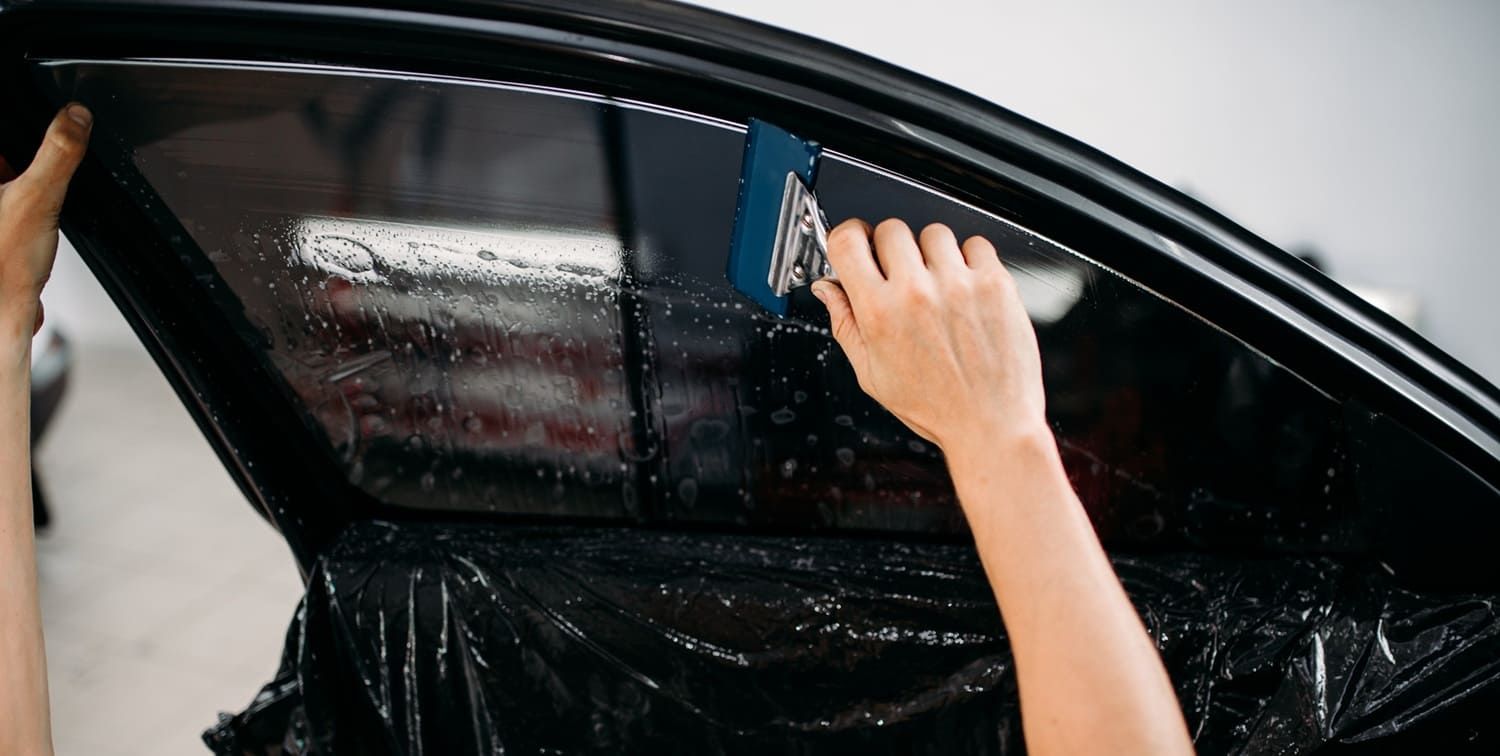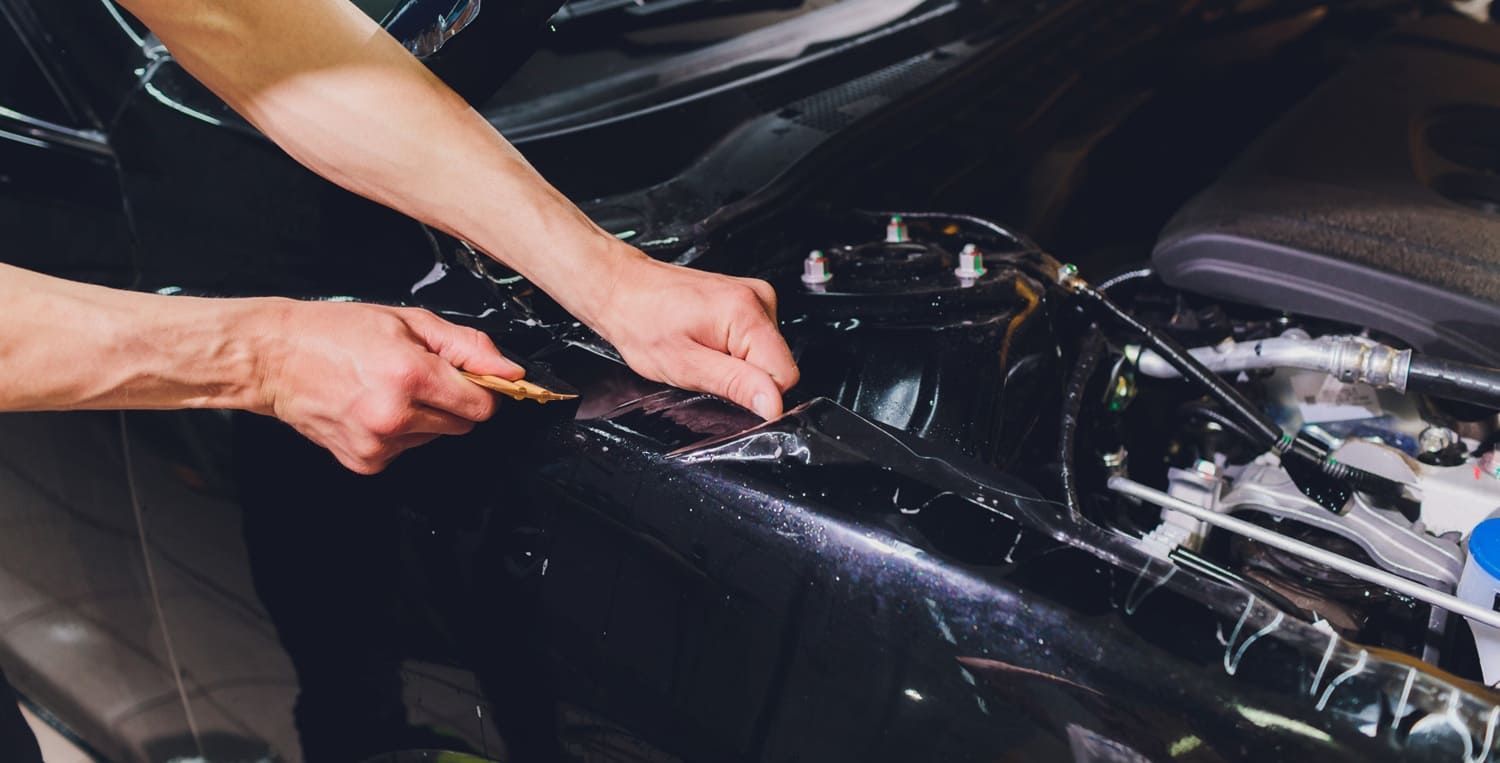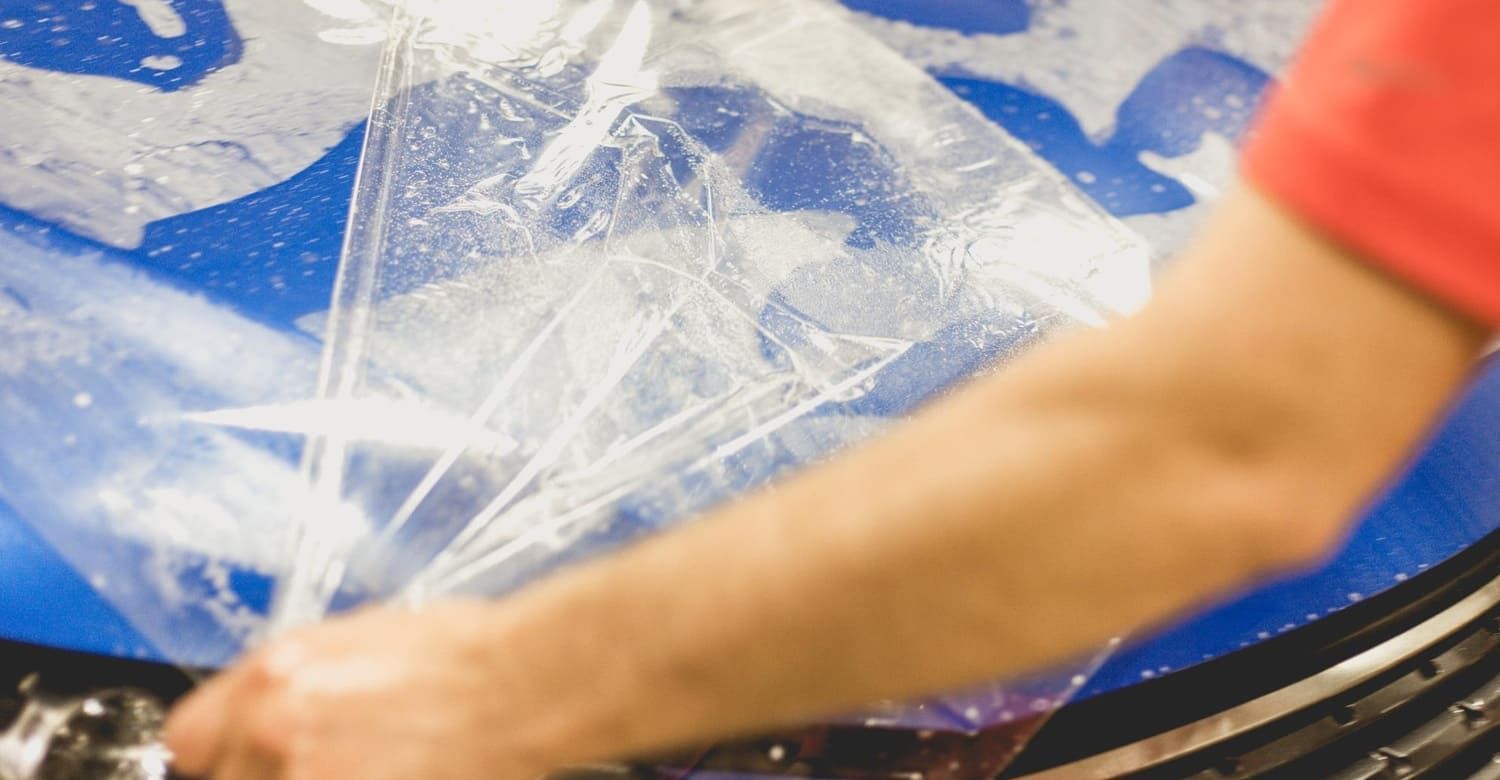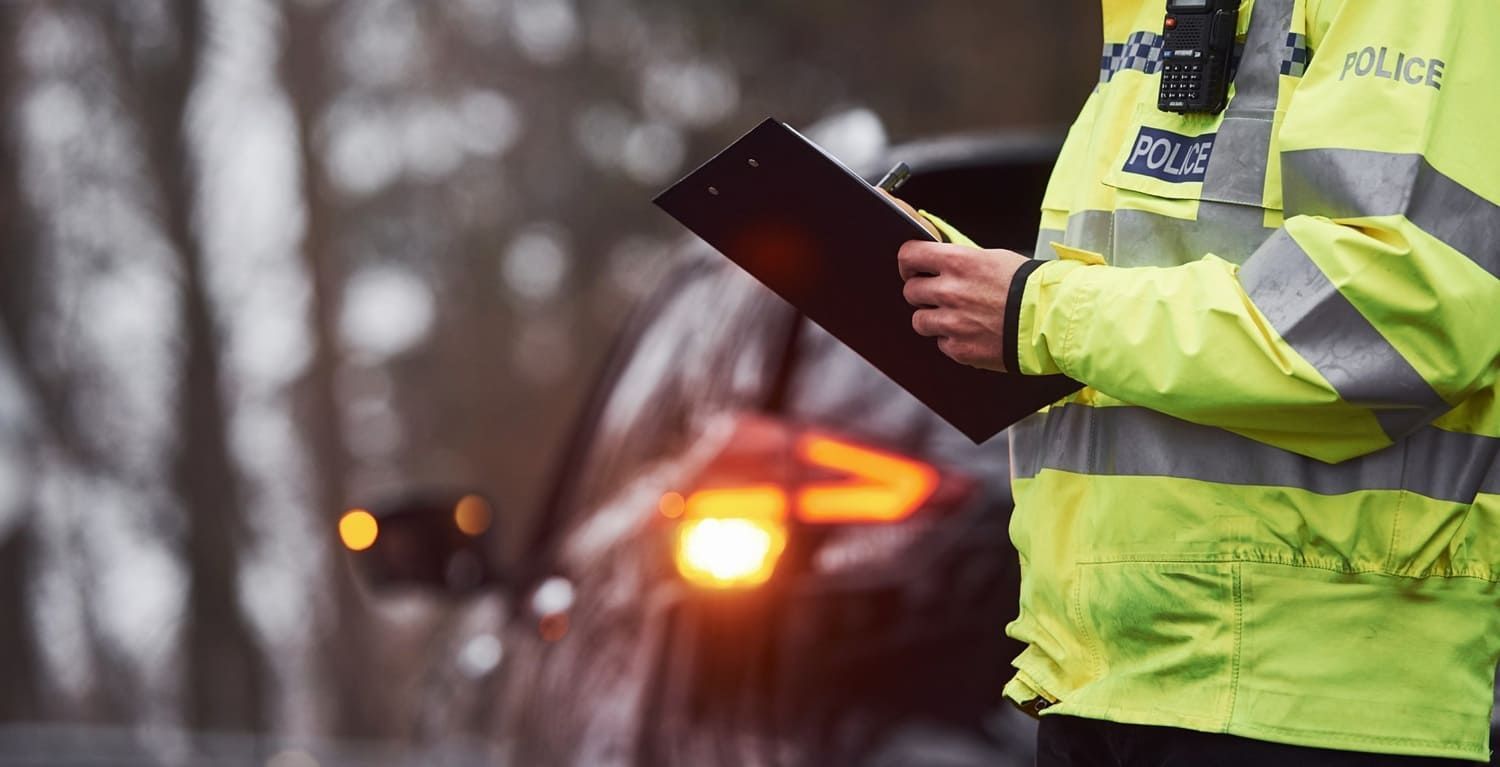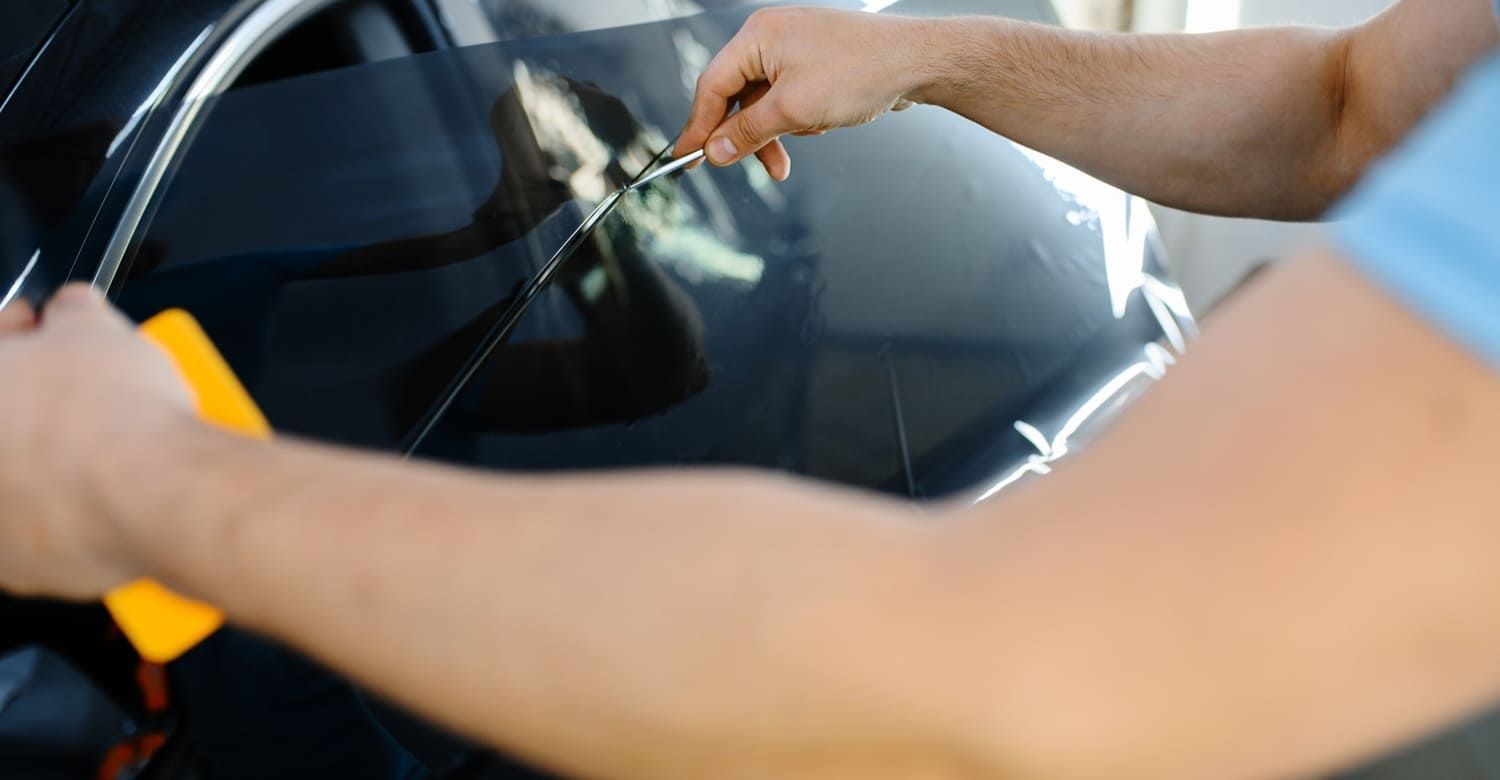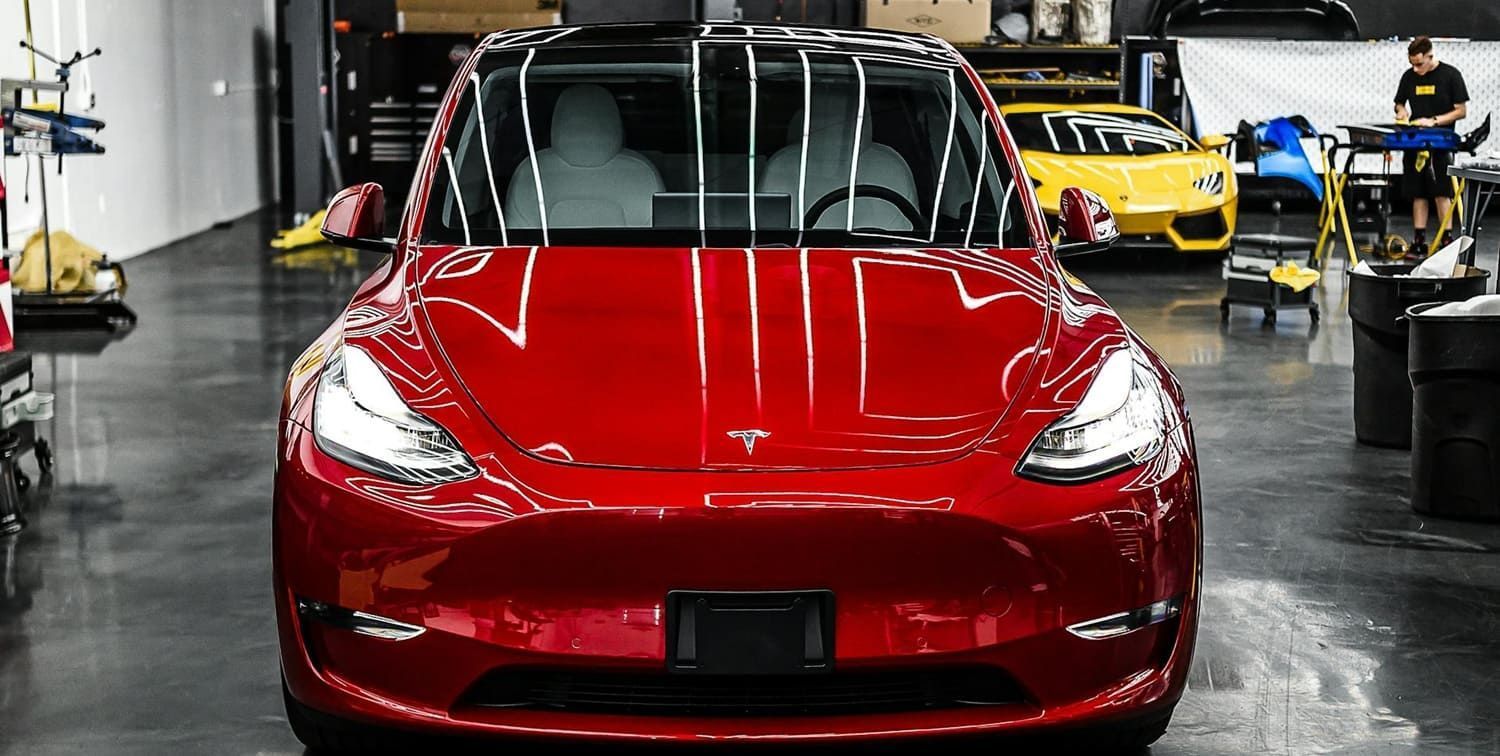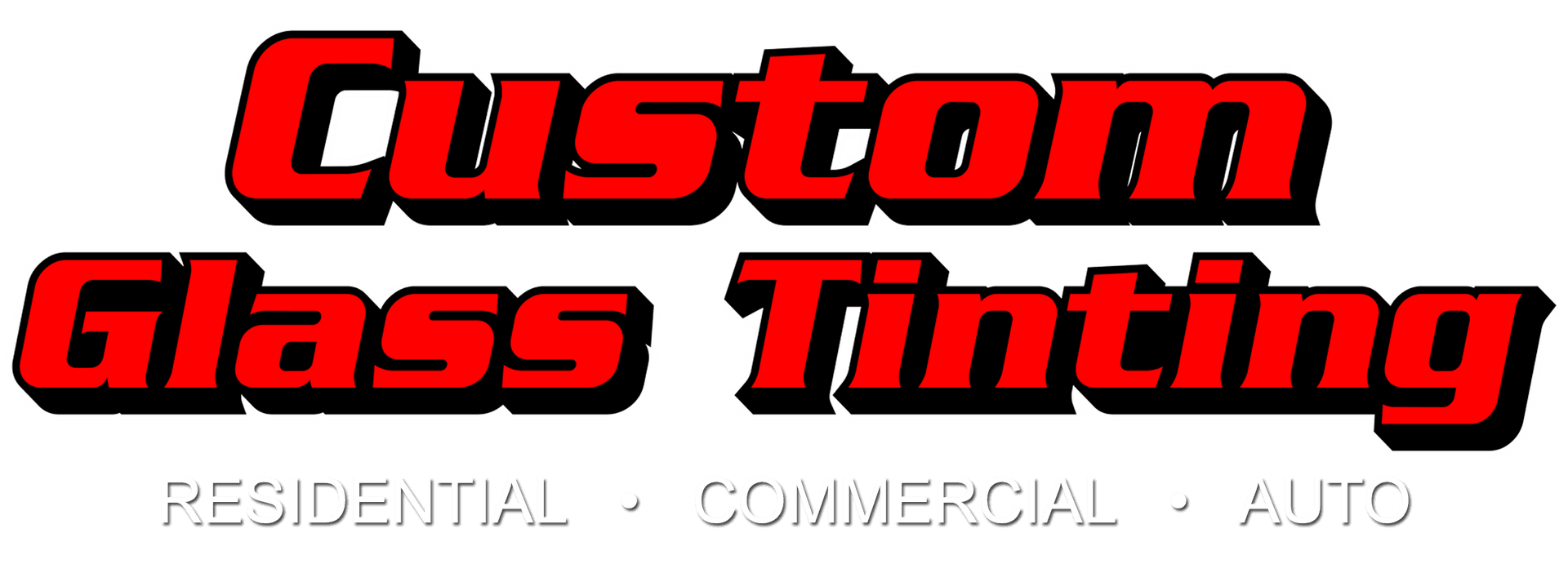Can Paint Protection Film Be Removed Easily?
CGT Blogger • May 28, 2025
Paint protection film
, commonly known as PPF or
clear bra
, is a go-to solution for car enthusiasts aiming to keep their vehicles in top-notch condition. This transparent shield plays a crucial role in safeguarding the car's exterior against various elements, but a frequent question that arises is: Can it be removed easily? In this article, we delve into the nuances of paint protection film removal, examining the process, potential challenges, and offering tips for a seamless experience.
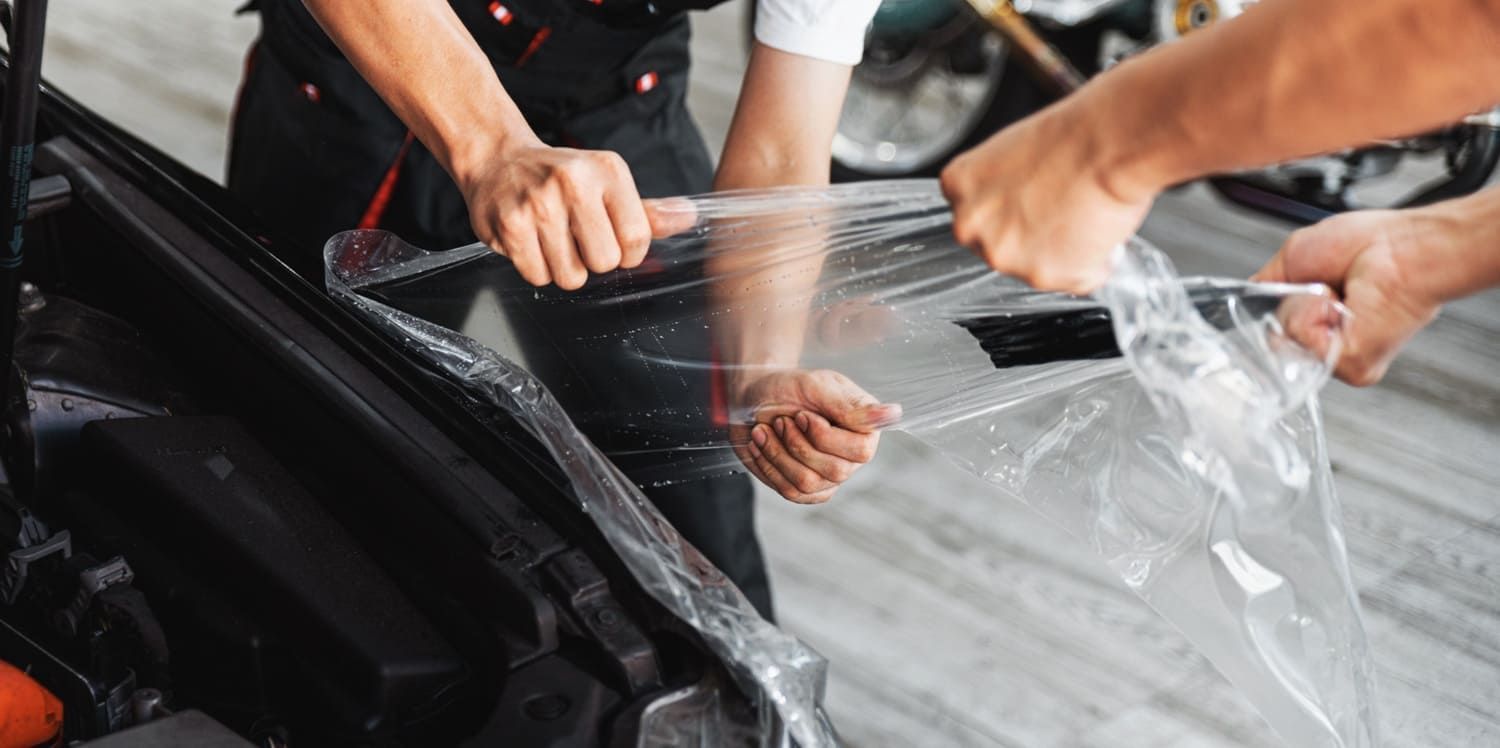
Understanding Paint Protection Film
Before delving into the removal process, it's vital to grasp what paint protection film is and why it's widely used. PPF is essentially a transparent, robust layer applied over a vehicle's surface, providing a protective barrier against scratches, chips, and minor damages. This film acts as a defensive shield, preserving the paint from a myriad of environmental factors like harsh UV rays, flying road debris, and pesky insect splatters.The technology behind PPF has evolved significantly over the years. Modern films are self-healing, meaning minor scratches can disappear with a little heat, maintaining the aesthetic appeal of your vehicle. Moreover, PPF can enhance the gloss of your car's paint, making it look newer for longer. Understanding these benefits highlights why some might choose to keep the film on for as long as possible, while others might decide it's time for a change.
Why Might You Want to Remove PPF?
There are several reasons a vehicle owner might consider removing the paint protection film. Over time, the film can degrade, becoming discolored or showing signs of wear and tear, which can detract from the car's overall appearance. Additionally, as technology advances, newer films with improved features become available, prompting owners to replace the old film with a more advanced version.Another reason for removal could be damage to the film itself. Although PPF is designed to protect the underlying paint, it isn't invulnerable. Harsh impacts or improper maintenance can lead to damage that necessitates removal and replacement. Lastly, personal preferences or a change in aesthetic taste might drive an owner to remove PPF, opting for a different type of protective solution or a new look altogether.
The Process of Removing Paint Protection Film
Removing paint protection film is a meticulous process that demands patience and the right set of tools. Here's a detailed step-by-step guide to help navigate through the process:Step 1: Gather Necessary Tools
Before embarking on the removal process, it's crucial to gather all necessary tools. Key items include a heat gun or hairdryer, a plastic scraper, adhesive remover, and a microfiber cloth. The heat gun or hairdryer is instrumental in softening the adhesive, thereby facilitating easier film removal. Having these tools ready ensures a smoother, more efficient process.In addition to the basic tools, having protective gloves can be beneficial to safeguard your hands from any harsh chemicals in the adhesive remover. It's also wise to have a clean, well-lit workspace to ensure you can see what you're doing and avoid accidental damage to the vehicle's paint.
Step 2: Warm Up the Film
Using the heat gun or hairdryer, gently warm the section of the film you plan to remove. Hold the device a few inches away from the surface to prevent overheating, which could damage the paint. The objective is to soften the adhesive sufficiently to allow for easy peeling without affecting the underlying paint job.It's important to move the heat gun or hairdryer in a consistent, sweeping motion to avoid concentrating heat in one area for too long. This technique not only protects the paint but also ensures even softening of the adhesive, making the peeling process more manageable.
Step 3: Begin Peeling
Once the adhesive is adequately softened, start at one corner of the film and slowly peel it back. Use the plastic scraper to carefully lift the edges if needed, ensuring not to scratch the paint. Pull the film back at a consistent 45-degree angle to minimize the risk of tearing, which can complicate the removal process.Patience is key during this step. Rushing can lead to tearing or uneven removal, making the process more difficult. If the film does tear, simply reheat the area and continue peeling slowly to maintain control and prevent further tearing.
Step 4: Remove Residual Adhesive
After the film is removed, you might notice some adhesive residue left on the surface. Use an adhesive remover and a microfiber cloth to gently clean the area. Apply the adhesive remover sparingly, allowing it to sit for a few moments before wiping away the residue until the surface is completely clean and smooth.For particularly stubborn adhesive, multiple applications of the remover may be necessary. In these cases, patience and a gentle touch are crucial to avoid damaging the paint underneath. A thorough cleaning ensures the vehicle's surface is ready for any subsequent treatments or protective applications.
Challenges in Paint Protection Film Removal
While the removal process may seem straightforward, several challenges can arise that require careful handling:Film Tearing
One of the most common issues during removal is film tearing. This can occur if the film is old or if the adhesive bond is particularly strong. To mitigate this risk, ensure the film is thoroughly warmed and take your time as you peel it back. Rushing the process can exacerbate tearing, making removal more tedious.If the film tears frequently, it might be beneficial to reevaluate the heat application technique, ensuring the adhesive is sufficiently softened before attempting to peel. Sometimes, adjusting the angle of peeling or using a different starting point can also help reduce tearing incidents.
Adhesive Residue
Stubborn adhesive residue can be a significant headache. Utilizing a high-quality adhesive remover is essential, and sometimes multiple applications are necessary to thoroughly clean the surface. It's important to choose a remover that's safe for automotive paint to prevent any unintended damage during the cleaning process.For extensive residue, employing a clay bar after the adhesive remover can aid in achieving a smooth finish. This additional step ensures that all remnants of the adhesive are eliminated, providing a clean slate for any future protective measures.
Potential Paint Damage
Improper removal techniques can lead to unintended paint damage. Always use a plastic scraper, never metal, and exercise caution with heat application. If you're uncertain about your ability to remove the film safely, it might be prudent to consult a professional to avoid costly paint repairs.Awareness of the type of paint and its condition can also influence the removal approach. For instance, older or less durable paint may require extra care to avoid chipping or peeling during film removal. Professional advice can be invaluable in these scenarios, providing peace of mind and ensuring a safe process.

Professional vs. DIY Removal
Deciding whether to tackle the removal yourself or hire a professional hinges on your confidence, experience, and the specific conditions of your vehicle's film. While DIY removal can be cost-effective, professional services offer assurance that the job is executed correctly without risking damage to your vehicle.When to Consider Professional Help
- Inexperience: If you're not comfortable with the removal process or unsure of your skills, a professional can ensure it's done safely and effectively, minimizing any risk to your vehicle's paint.
- Complex Surfaces: Vehicles with intricate curves, detailed graphics, or older film may require expert handling to avoid complications during removal.
- Time Constraints: Professionals often have the experience and tools to complete the task more quickly and efficiently, freeing up your time for other activities.
Finding PPF Removal Services Near You
Searching for "PPF removal services near me" can yield numerous results for professional removal services. When selecting a service, consider reviews, pricing, and the experience of the technicians. A reputable service will boast positive feedback and a proven track record of successful film removals, ensuring peace of mind and quality results.It's also beneficial to inquire about the specific techniques and tools the service uses, as well as any guarantees or warranties they offer. This information can help you make an informed decision, ensuring you receive the best possible care for your vehicle.
Maintenance After Removal
Once the film is removed, it's crucial to maintain the exposed paint properly to ensure its longevity and aesthetic appeal. Consider thoroughly washing and waxing the vehicle to protect the paint from future damage and enhance its shine. If you're planning to apply a new protective film, ensure the surface is impeccably clean and free of any adhesive residues.In addition to washing and waxing, regular maintenance and touch-ups can help keep your vehicle looking its best. This includes addressing any minor scratches or imperfections promptly and using high-quality car care products to maintain the paint's integrity over time.
Conclusion
Removing paint protection film can be a straightforward process when equipped with the right tools and techniques. At Custom Glass Tinting , your premier Clear Bra Film PPF installers serving Gainesville, FL , we offer expert guidance and professional services to help you safely remove and replace your PPF when the time comes.Whether you choose a DIY approach or prefer professional assistance, understanding the removal process—along with the potential challenges—ensures a smooth experience. Proper care of your vehicle’s surface post-removal is essential to preserving its paint and preparing it for future protection or detailing.
Contact Custom Glass Tinting today for your free estimate and professional support with PPF removal or reapplication.
In conclusion, while removing paint protection film requires patience and precision, it’s completely manageable with the right strategy. Whether you're maintaining a daily driver or protecting a prized vehicle, staying informed empowers you to keep your car looking its best for every mile ahead.

